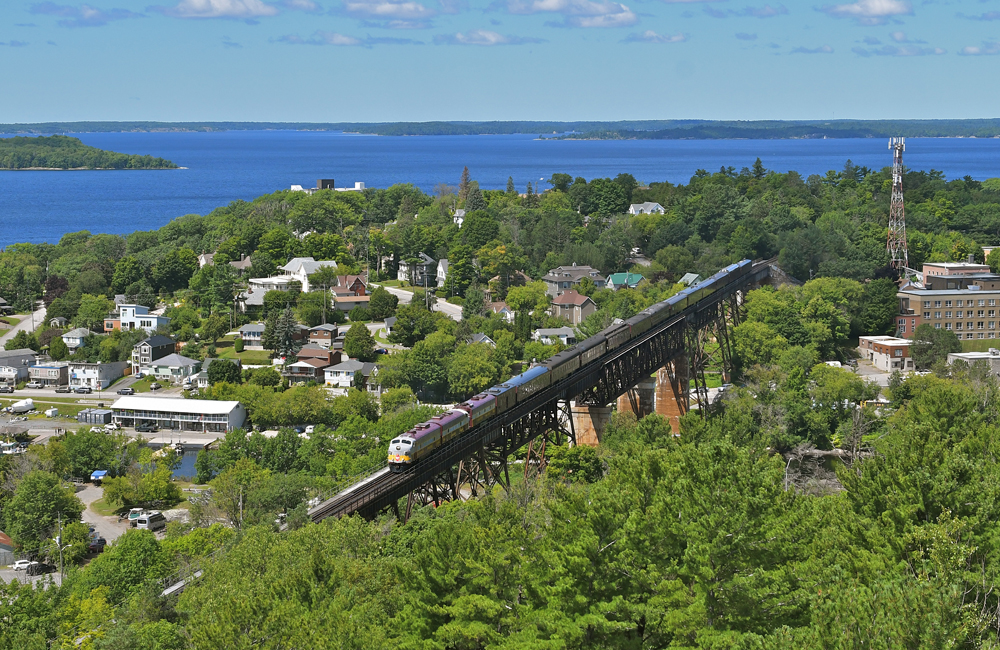crs1026
Superstar
Surely if the Churchill line can be economically viable this one can. Right?
Who says the Churchill line is “viable”? It is being subsidized heavily, on the premise that there is no viable alternative mode available, and there are tangible benefits to the communities along the line, as well as an intangible strategic benefit in not letting the Port of Churchill deteriorate to oblivion from inactivity (with the E&N being a good example of what can happen if we let things slip too far - an E&N scenario is what we are avoiding by keeping the Churchill line up to a usable standard).
There is also the reality (I hope I say this carefully, I am meaning it constructively) that the Churchill line is important enough to Manitoba First Nations that Ottawa and Winnipeg see this as a priority. One of the things we have to realize about Reconciliation is that the wealth we need to start sharing more equitably with the Indigenous will be spent on the things that First Nations value, not on what we colonials think they should or shouldn’t have. Clearly, they want the Churchill line, so that ends the story.
In the case of the E&N, unlike Chuchill there is already a highway, and ample marine transport capability, and these are mostly meeting the Island’s needs for both freight and passenger. The issues of mobility for people in the north end of the Island can be met much more economically in other ways. While there is Indigenous interest in restoring the railway, it appears to be less of a “destiny issue” in the relationship - hypothetically, if Ottawa were to hand the affected FNs an envelope with enough money to rebuild the railway, they might elect to spend it on other things they need more.
So, while one can imagine how nice a revitalised railway might be, there isn’t a justification as either a piece of public infrastructure or as a business proposition.
We may miss the old E&N, but that’s not a reason to revive it.
- Paul
Last edited:





